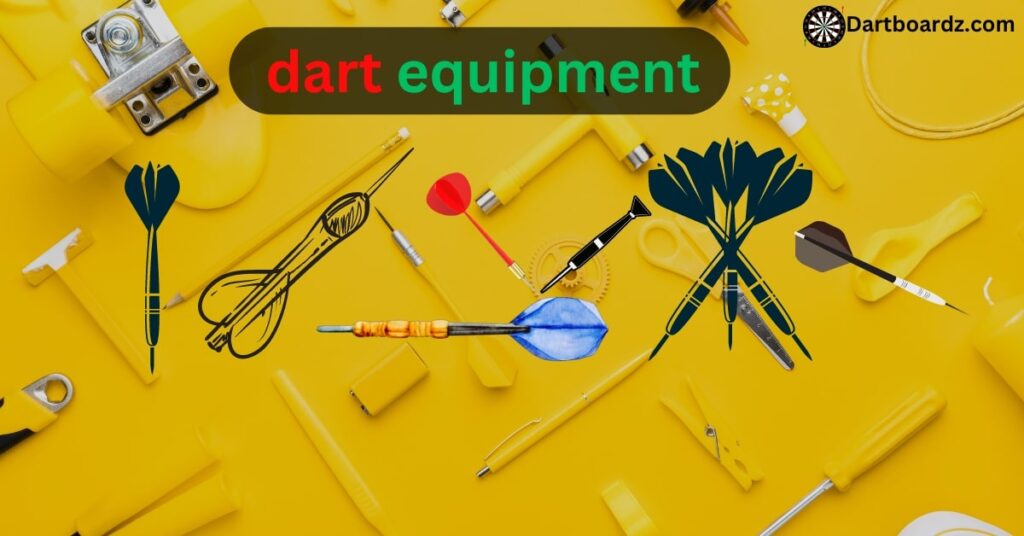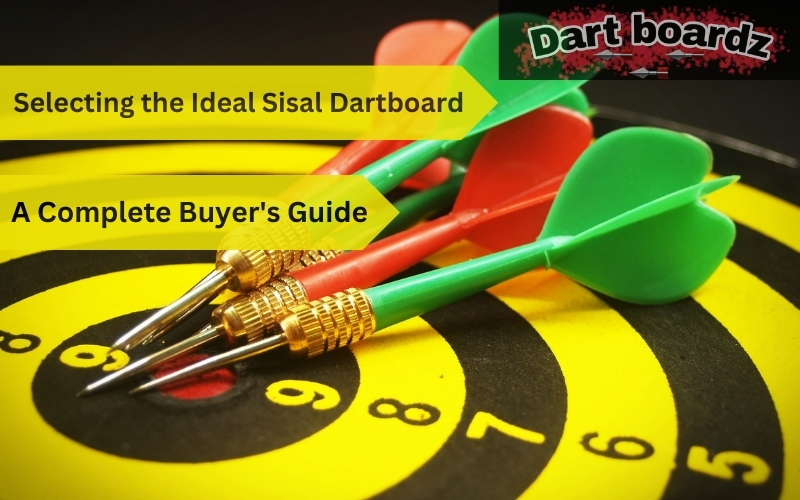Darts is a game of precision, skill, and strategy, and having the right dart equipment is essential for success. Whether you’re a beginner or a seasoned player, selecting the appropriate dart equipment tailored to your playing style and skill level can significantly enhance your game. In this guide, we’ll explore the key factors to consider when choosing dart equipment, from the darts themselves to the dartboard and other accessories.
Understanding Dart Components
Before diving into the specifics of dart equipment, it’s important to understand the basic components of the game. Darts typically consist of three main parts:
the barrel, the shaft, and the flight. The barrel is the main body of the dart, the shaft connects the barrel to the flight, and the flight is the feather-like component that stabilizes the dart in flight.
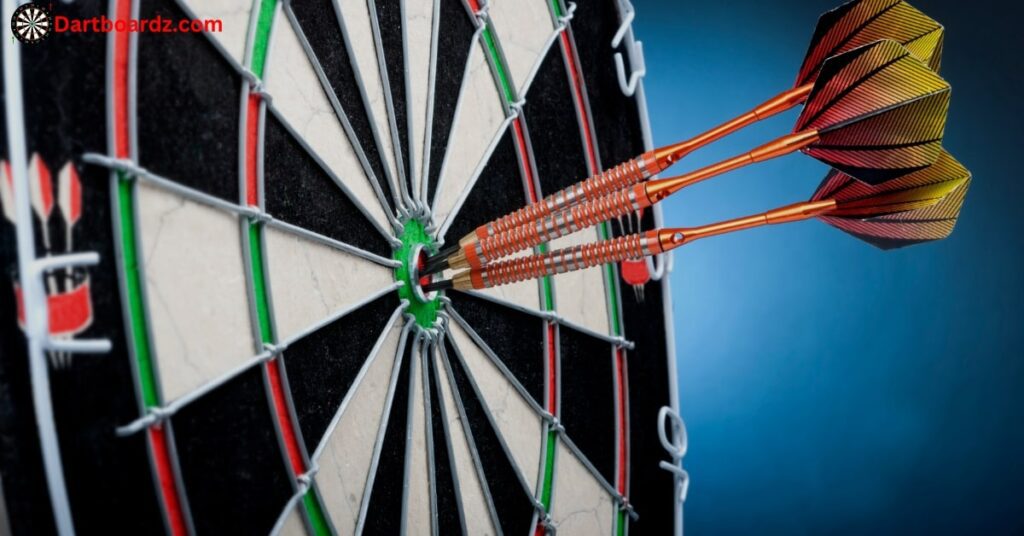
Choosing the Right Dart Barrel
The barrel is arguably the most critical component of the dart equipment, as it determines the dart’s weight, shape, and grip. When selecting a dart barrel, consider factors such as your throwing style, grip preference, and level of experience.
Weight: Darts come in a variety of weights, ranging from 12 to 50 grams. Lighter dart equipment is generally preferred by beginners and players with a faster throwing style, while heavier dart equipment provides more stability and is favored by experienced players.
Shape: Dart barrels come in various shapes, including straight, torpedo, and scallop. Experiment with different shapes to find one that feels comfortable and suits your throwing technique.
Grip: The grip of the dart barrel can vary from smooth to heavily knurled. Players who prefer a more controlled throw may opt for dart equipment with a textured grip, while those who prefer a smoother release may choose dart equipment with a less pronounced grip.
Selecting the Shaft
The shaft, also known as the stem, connects the barrel to the flight and plays a crucial role in the dart’s stability and trajectory. When choosing dart equipment, consider factors such as material, length, and flexibility.
Material: Dart shafts are typically made from plastic, nylon, or metal. Plastic shafts are lightweight and inexpensive, but may break more easily. Nylon shafts offer durability and flexibility, while metal shafts provide added stability but can be heavier.
Length: Dart shafts come in various lengths, ranging from short to extra-long. Longer shafts may suit players with a higher throwing angle, while shorter shafts are preferred by those with a flatter throw.
Flexibility: Some dart shafts are designed to flex upon impact, reducing the risk of deflections and bounce-outs. Consider your throwing style and the level of flexibility you prefer when choosing dart equipment.
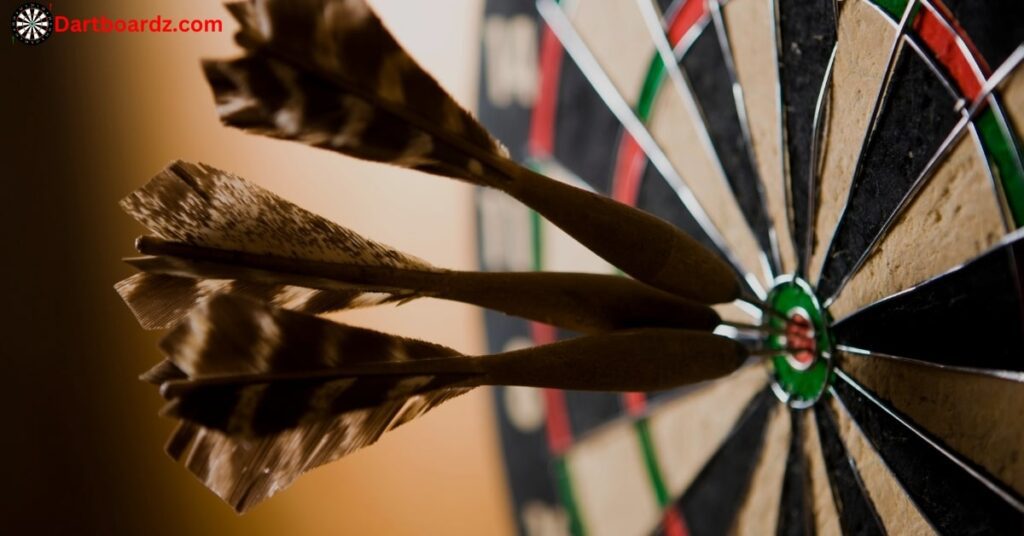
Exploring Flight Options
The flight, or feather, of the dart is responsible for stabilizing its trajectory and ensuring accuracy. When selecting dart flights, consider factors such as shape, size, and material.
Shape: Dart flights come in various shapes, including standard, kite, and slim. Standard flights provide stability and are suitable for most players, while slim flights offer less resistance and are favored by those seeking higher dart speeds.
Size: Flights are available in different sizes, ranging from small to large. Larger flights provide more lift and stability, making them ideal for players with a slower throw, while smaller flights offer greater speed and maneuverability.
Material: Dart flights are typically made from plastic or polyester. Plastic flights are lightweight and durable, while polyester flights offer added flexibility and resilience.
Choosing the Right Dartboard
The dartboard is the target of the game and is available in various materials and designs. When selecting a dartboard, consider factors such as material, size, and wiring system.
Material: Dartboards are commonly made from sisal fiber or electronic materials. Sisal fiber dartboards are favored by purists for their authenticity and durability, while electronic dartboards offer features such as scoring automation and multiplayer options.
Size: Standard dartboards have a diameter of 18 inches, but smaller and larger sizes are also available. Consider the space available for mounting the dartboard and choose a size that fits your playing area.
Wiring System: Traditional dartboards feature metal wire dividers, known as the spider, to separate the scoring sections. Opt for a dartboard with thin, angled wires to minimize bounce-outs and maximize scoring potential.
Essential Dart Accessories
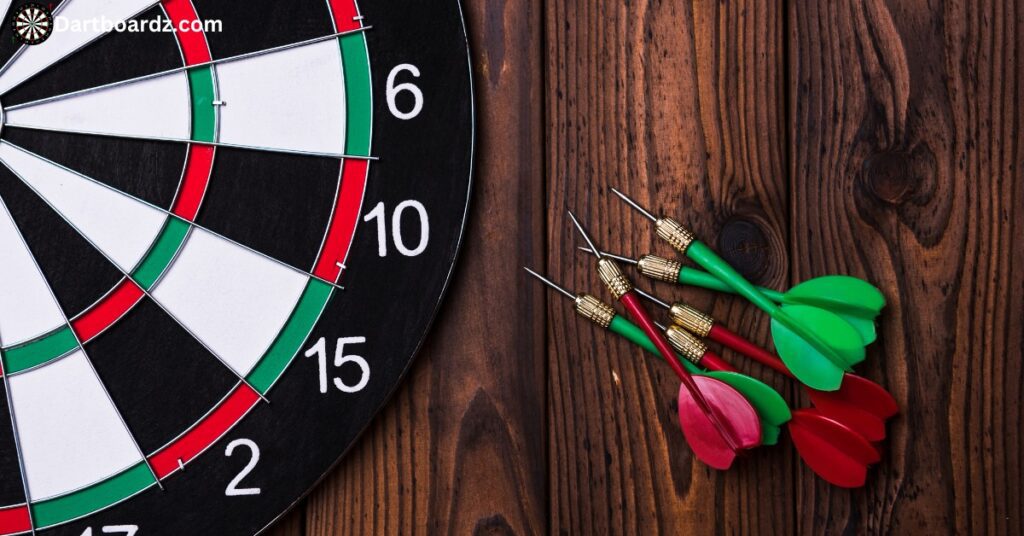
In addition to darts and a dartboard, several accessories can enhance your playing experience and performance. Some essential dart accessories include:
Dart Case: A dart case keeps your darts organized and protected during transport, preventing damage and loss.
Dart Mat: A dart mat provides a designated throwing area and helps protect the floor from damage caused by stray darts.
Dart Sharpener: A dart sharpener ensures that the tips of your darts remain sharp and penetrate the dartboard effectively, reducing bounce-outs.
Scoreboard: Whether electronic or manual, a scoreboard allows players to track their scores accurately and compete against friends or opponents.
Learn more about managing your dart game with a comprehensive guide on Dartboard Scoreboard Essentials: Everything You Need to Know.
Conclusion:
Choosing the right dart equipment is crucial for optimizing your performance and enjoyment of the game. By considering factors such as dart weight, barrel shape, shaft material, flight design, dartboard type, and essential accessories, you can tailor your dart equipment to match your playing style and skill level. Experiment with different combinations of darts and accessories to find what works best for you, and remember to practice regularly to hone your skills and improve your game.
FAQs:
What factors should I consider when choosing dart equipment?
Consider your throwing style, level of experience, grip preference, and budget when selecting dart barrels, shafts, flights, and other accessories.
What weight of darts should I choose?
The weight of darts depends on personal preference and throwing style. Lighter darts are generally preferred by beginners and players with a faster throw, while heavier darts provide more stability and control.
What are the different types of dart barrels available?
Dart barrels come in various shapes and materials, including straight, torpedo, and scallop. They can be made of tungsten, brass, or nickel-silver, each offering different levels of durability and grip.
How do I choose the right dart shaft?
Consider factors such as material, length, and flexibility when choosing a dart shaft. Plastic shafts are lightweight, while metal shafts offer stability. Longer shafts may suit players with a higher throwing angle
What types of dart flights are available?
Dart flights come in various shapes, sizes, and materials. Standard flights provide stability, while slim flights offer less resistance. Plastic flights are durable, while polyester flights offer flexibility.
What should I look for in a dartboard?
Consider factors such as material, size, and wiring system when choosing a dartboard. Sisal fiber dartboards are durable and authentic, while electronic dartboards offer features like scoring automation.

